Image of 1970 American Motors Hornet, sourced from en.wikipedia.org , Image Link.
Performance Metrics
Fundamental Metrics
Emotional Appeal
MMP Rating
| Engine Specifications | |
|---|---|
| Engine: | Inline-6, V8 |
| Displacement: | 199-304 cu in (3.3-5.0 L) |
| Horsepower: | 128-210 hp |
| Torque: | 210-245 lb-ft |
| Compression Ratio: | 8.0:1 - 9.0:1 |
| Ignition System: | Conventional |
| Cooling System: | Liquid-cooled |
| Performance Specifications | |
| 0-60 Time: | Estimated 10-12 seconds |
| 1/4 Mile Time: | Estimated 17-19 seconds |
| Top Speed: | 105-115 mph |
| Transmission and Drive | |
| Drive Type: | Rear-wheel drive |
| Transmission Type: | 3-speed manual, 3-speed automatic |
| Fuel and Efficiency | |
| Fuel System Type: | Carburetor |
| MPG: | Estimated 15-20 mpg |
| Dimensions and Brakes | |
| Brakes: | Front disc, rear drum |
| Wheelbase: | 108 in (2,743 mm) |
| Weight: | 2,800-3,200 lbs |
Note: Specifications for classic cars are given to the best of our ability, considering the limited and variant data available.
1970 American Motors Hornet: A Compact Marvel with a Sting
The year 1970 heralded the arrival of a compact car that would leave an indelible mark on the automotive landscape: the American Motors Hornet. This vehicle emerged from the stable of American Motors Corporation (AMC), a company known for its innovative and sometimes unconventional approach to car design. The Hornet was introduced at a time when the American auto industry was undergoing significant changes, with consumers shifting their preferences towards smaller, more fuel-efficient cars in the wake of looming environmental concerns and the first hints of the oil crisis.
A standout fact that piques curiosity is that the Hornet's platform was versatile enough to spawn several other AMC models and even influenced the design of subsequent vehicles. It was this adaptability that allowed AMC to maximize its investment in the Hornet and solidify its reputation for resourcefulness.
Design and Innovation: The Hornet's Buzz
The exterior styling of the 1970 Hornet was both contemporary and distinctive, featuring a long hood, short deck profile, and a confident stance. Its design was a departure from AMC's earlier compact cars, offering a fresh and more modern appeal. Inside, passengers were greeted with a functional yet comfortable cabin, where attention to detail and judicious use of quality materials were evident. The dashboard was straightforward, with easy-to-read gauges and user-friendly controls.
Technologically, the Hornet stood out with features like flow-through ventilation and advanced safety equipment for its time. Color options ranged from subdued to vibrant, with popular choices including 'Big Bad Orange' and 'Grasshopper Green.' The Hornet came in various body styles such as two-door coupes, three-door hatchbacks, four-door sedans, and even a wagon variant. The Sportabout wagon became particularly iconic for its blend of practicality and style.
Historical Significance: More Than Just a Compact Car
The Hornet's impact on automotive design cannot be overstated. It was one of the first compact cars from an American manufacturer that didn't feel like a compromise in quality or style compared to larger vehicles. Its introduction signaled AMC's commitment to innovation during an era when domestic automakers were struggling to redefine themselves. The Hornet also set a precedent for future models in terms of flexibility and adaptability in design.
Performance and Handling: The Sting in Its Tail
Performance-wise, the 1970 Hornet offered respectable figures for its class. While top speed and acceleration varied depending on engine choice—the lineup included thrifty six-cylinders as well as potent V8s—the car could typically reach 60 mph from a standstill in under 11 seconds. Handling was commendable; the Hornet could navigate bumps with poise and maintain composure on windy roads. Drivers often praised the balance between comfort and responsiveness, noting the satisfying hum of the engine as they cruised down highways or maneuvered through city streets.
Ownership Experience: Living with the Legend
The Hornet found its place as a versatile vehicle suitable for daily driving, weekend shows, or even amateur racing circuits. Its reliability was one of its strong suits, along with relative ease of repair which endeared it to owners who valued simplicity and cost-effectiveness over frills.
Fun Facts: The Hornet's Nest
Intriguing trivia about the Hornet includes its appearance in James Bond's "The Man with the Golden Gun," where it performed a stunning corkscrew jump stunt. Although not known for breaking speed records, it did set sales records for AMC at the time. Criticisms often centered around its conservative engine options compared to muscle cars of that era.
Collector's Information: Catching the Buzz Again
Today, Hornets can vary widely in value depending on condition, originality, and rarity—with prices generally ranging from $5,000 for models needing restoration to upwards of $20,000 for pristine examples. While exact production numbers are hard to pin down, it is estimated that several hundred thousand Hornets were produced during its run from 1970-1977. As classic car appreciation trends upward, early Hornets—especially those with V8 engines or unique trim packages—are seeing a gradual increase in collector interest and value.
Conclusion: The Enduring Legacy of the 1970 AMC Hornet
The 1970 American Motors Hornet remains an emblematic figure in automotive history—a testament to AMC's ingenuity during an era of transformation within the industry. With its blend of practicality, performance, and distinctive style, it continues to captivate enthusiasts and collectors alike. Whether you're behind the wheel feeling every curve of the road or admiring it at a classic car show, the Hornet is sure to leave an impression as enduring as its sting.
1970 American Motors Hornet Catalog of Parts
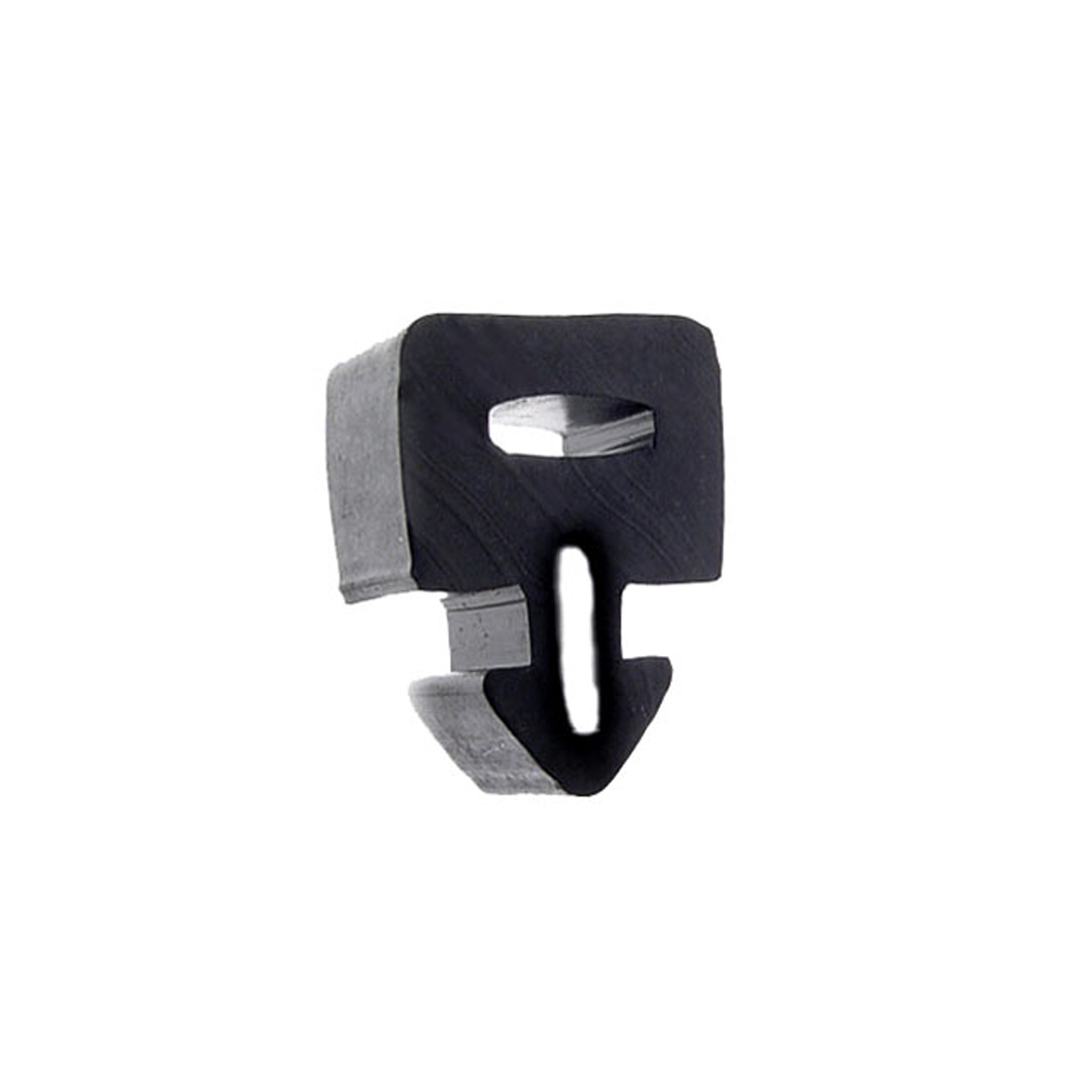 1970 American Motors Hornet Hood Bumper. Each-HF 84Hood Bumper. Each
1970 American Motors Hornet Hood Bumper. Each-HF 84Hood Bumper. Each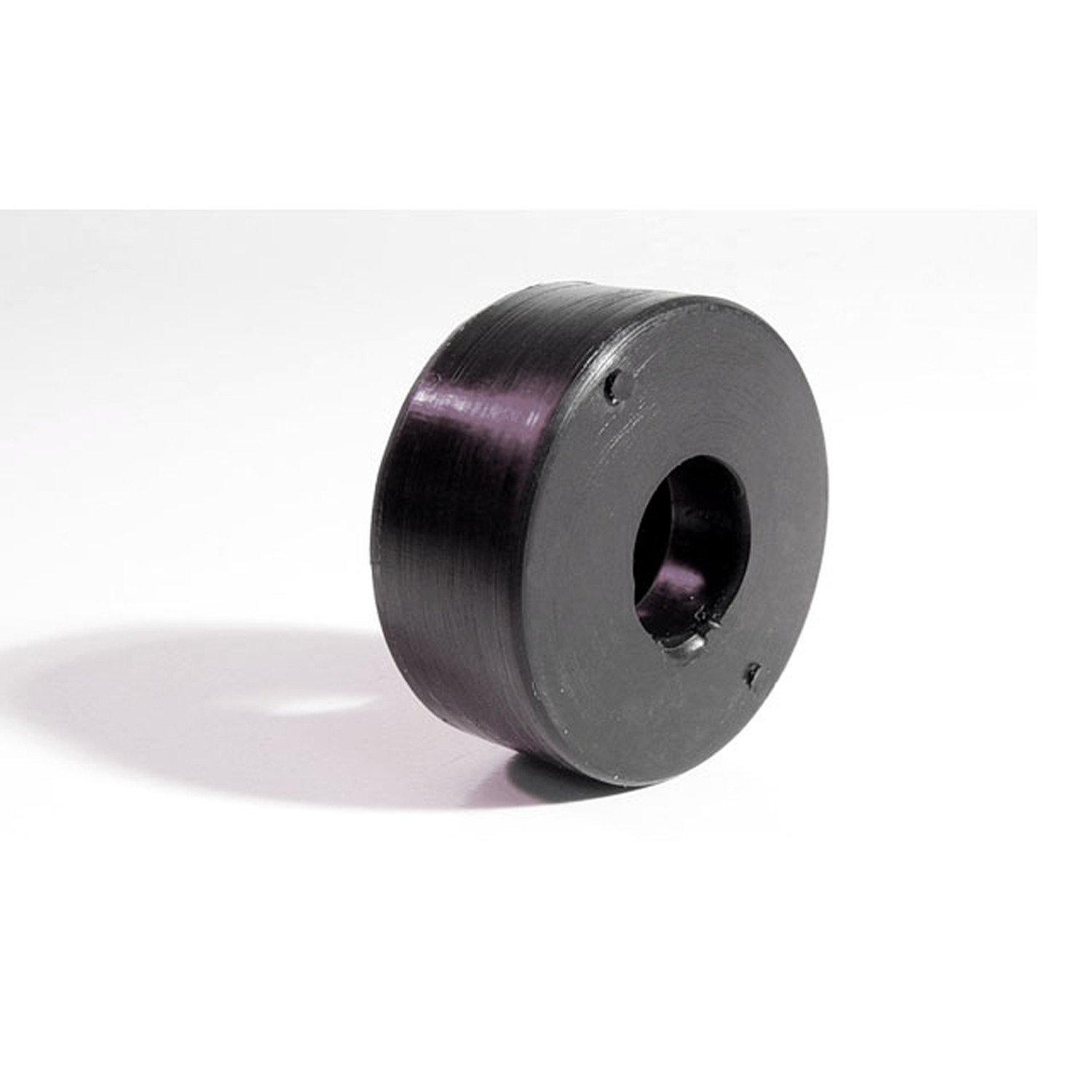 1970 American Motors Hornet Hood Bumper. Each-HF 85Hood Bumper. Each
1970 American Motors Hornet Hood Bumper. Each-HF 85Hood Bumper. Each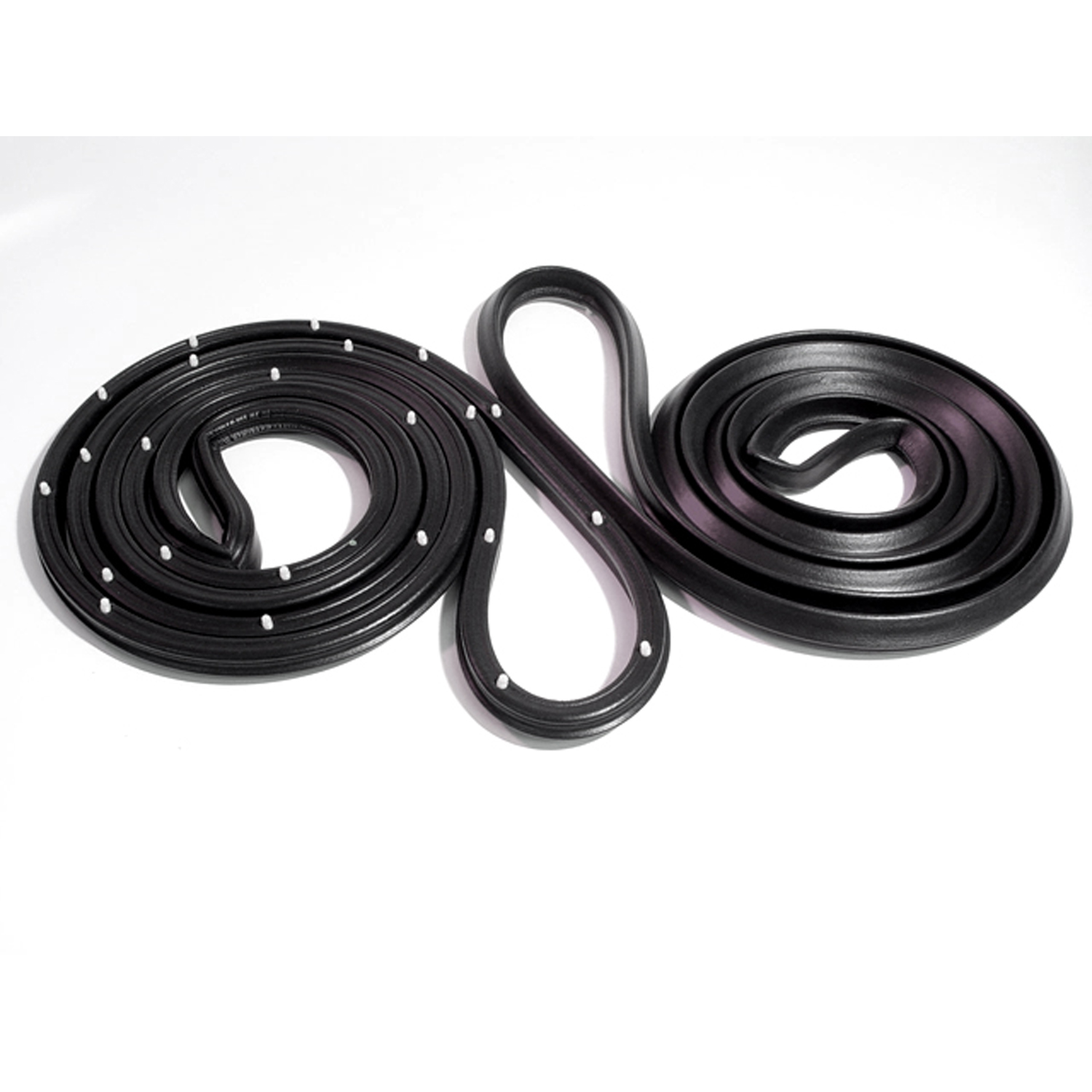 1970 American Motors Hornet Molded door seals. For 2-door sedan-LM 31-CMolded door seals. For 2-door sedan. Proper clips correctly positioned. 148 in. (375.9 cm) L. Pair. R&L.
1970 American Motors Hornet Molded door seals. For 2-door sedan-LM 31-CMolded door seals. For 2-door sedan. Proper clips correctly positioned. 148 in. (375.9 cm) L. Pair. R&L.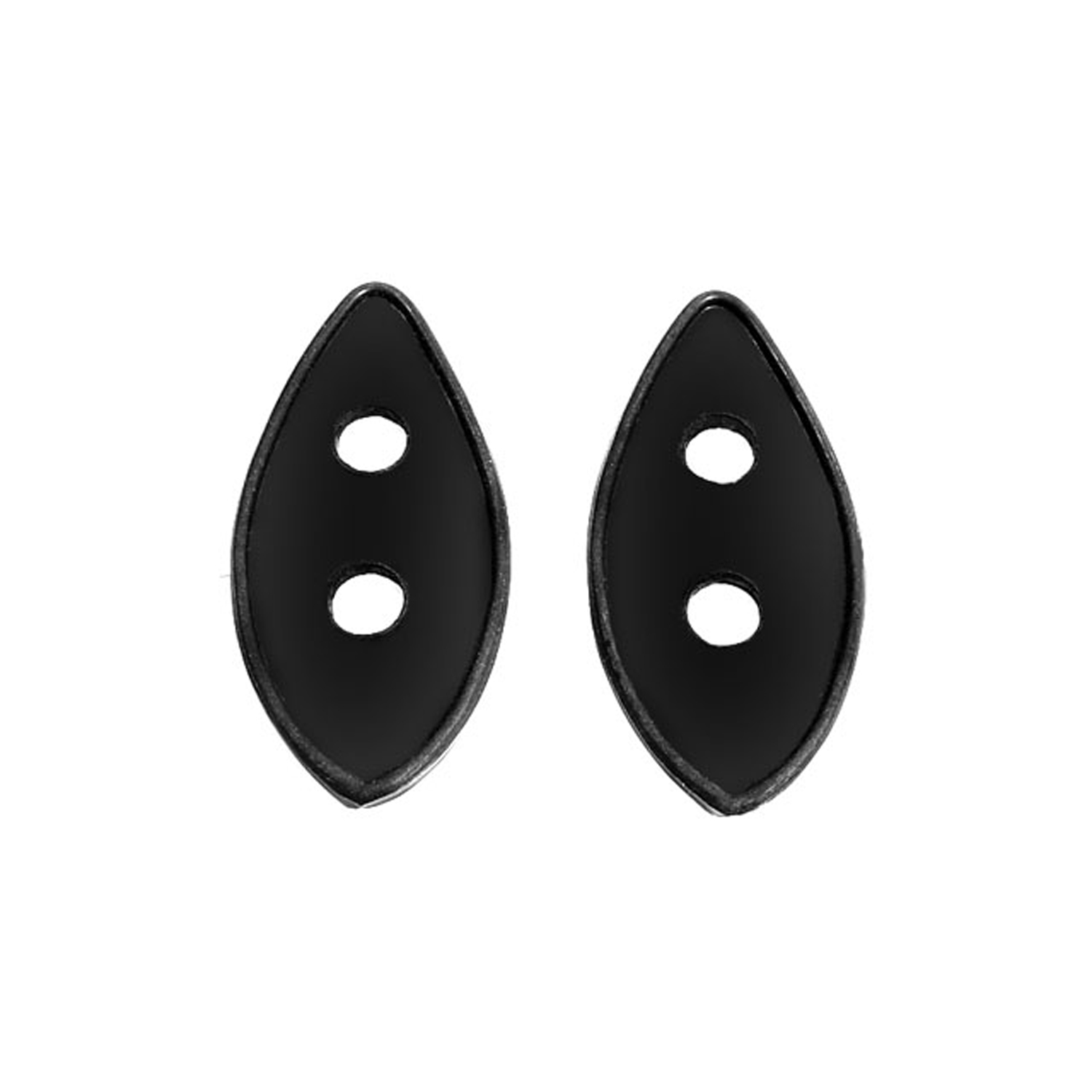 1970 American Motors Hornet Beaded Deck Rack Mounting Pads. 1-7/16" X 3". Pair-MP 622-BBeaded Deck Rack Mounting Pads. 1-7/16" X 3". Pair
1970 American Motors Hornet Beaded Deck Rack Mounting Pads. 1-7/16" X 3". Pair-MP 622-BBeaded Deck Rack Mounting Pads. 1-7/16" X 3". Pair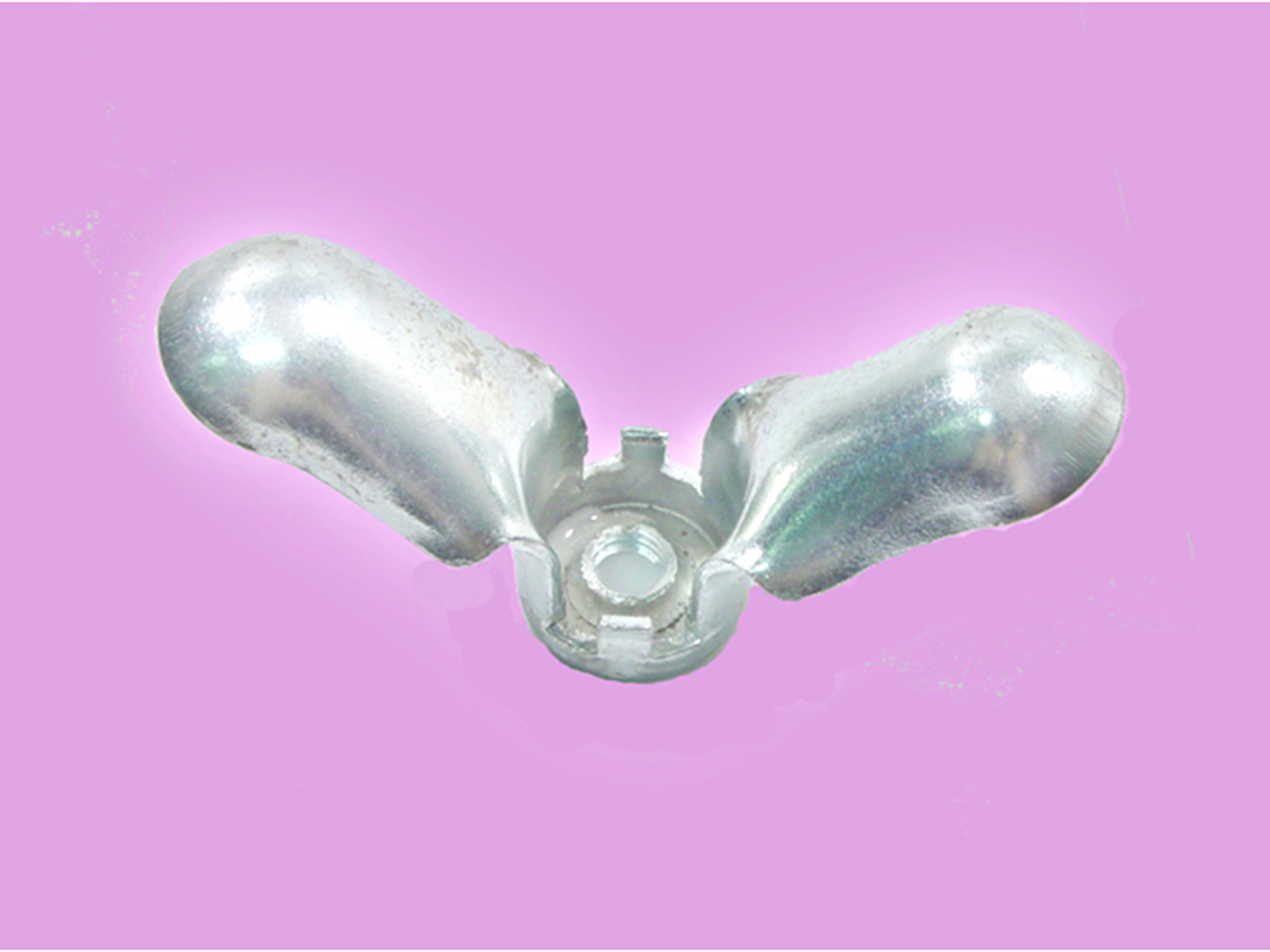 1970 American Motors Hornet Spare Tire Hold Down Nut. 5/16- 18 thread size-WF 3506Spare Tire Hold Down Nut. 5/16- 18 thread size. Replaces OEM #3198901. Each
1970 American Motors Hornet Spare Tire Hold Down Nut. 5/16- 18 thread size-WF 3506Spare Tire Hold Down Nut. 5/16- 18 thread size. Replaces OEM #3198901. EachWhy Choose Metro?
For over 100 years, Metro Moulded Parts has been the pinnacle of quality in classic car restoration parts. Our commitment to precision and authenticity in every component ensures a perfect fit and an OEM-level appearance.
- Expert Craftsmanship & Quality: Each part is a testament to our dedication to reliability and perfection, crafted from original designs and thoroughly tested.
- Advanced Technology: We use cutting-edge techniques to create flawless, long-lasting parts that surpass others in performance.
- SuperSoft Sponge – The Ultimate Door Seal: Not only are our door seals 30% softer than competitors', but they're also guaranteed to never leak. They effectively reduce wind and road noise, enhancing your classic car's comfort and driving experience.
- Proudly American: Our parts are a product of American craftsmanship, made in the USA with a spirit of excellence and heritage.
- Unrivaled Warranty: We back our products with a 30-year industry-leading warranty, a testament to our confidence in their quality.
Join us in preserving the legacy of classic cars with parts that are crafted for perfection, not just made.

